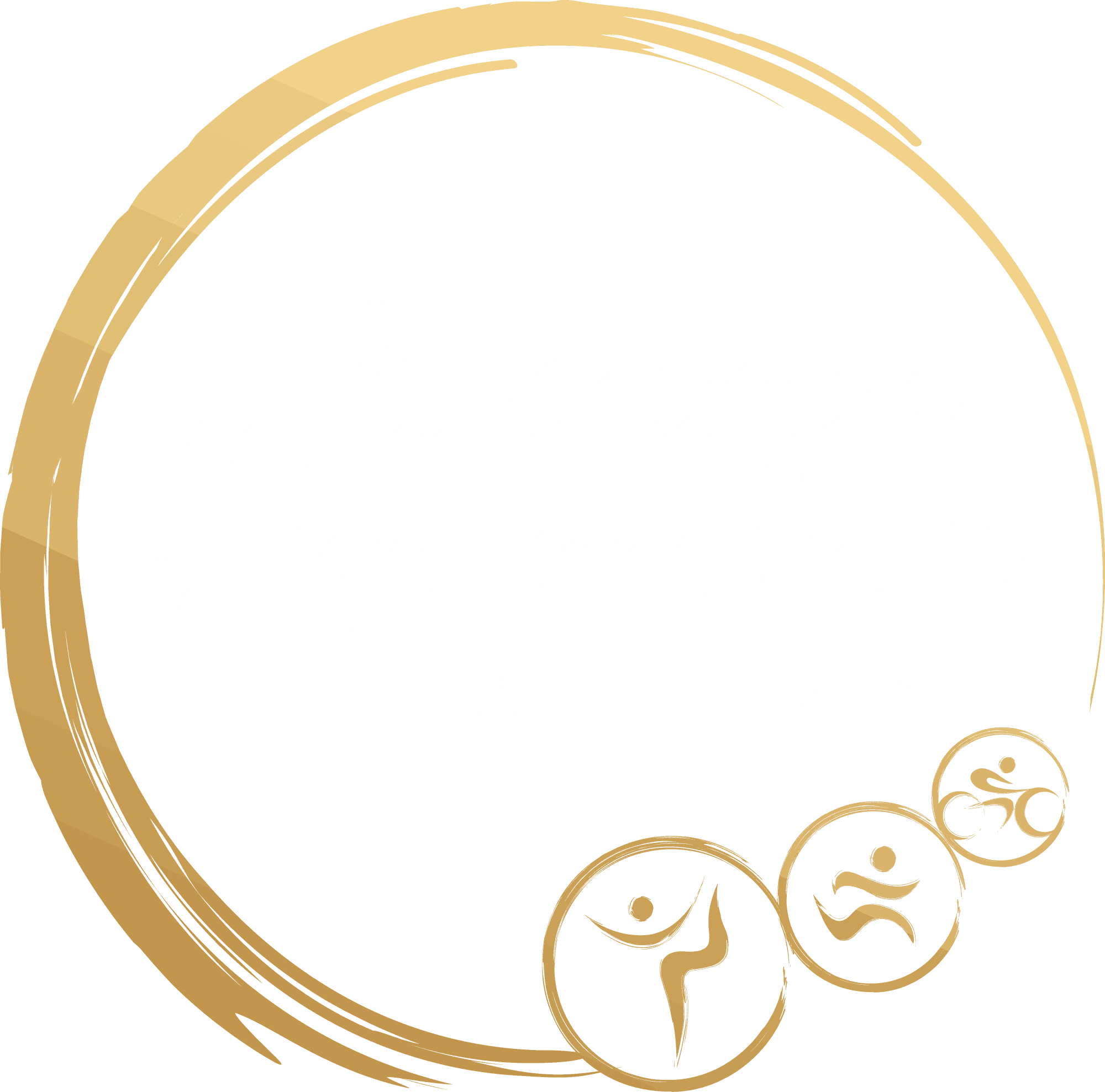
So you’ve been having knee pain for a while and your doctor says you have arthritis. Maybe you’ve been trying injections to manage the pain with mixed results. Maybe your doctor is starting to throw around words like “surgery” and “bone-on-bone” and “joint replacement.” Is there anything you can be doing to try and manage the pain and get moving around better without having to resort to that just yet? Well, have you tried physical therapy?
First off, in order to better understand what PT can and can’t do in terms of addressing arthritis, it might be helpful to discuss what exactly is happening in the knee that is causing pain. In a young, healthy knee the surfaces of the bones that meet at your knee joint are covered in a layer of smooth cartilage that help lubricate the motion of the knee. However, with years of use, that cartilage tends to wear away, allowing more contact between the rougher bones underneath, which can lead to increased friction, pain, and inflammation. As your body tries to cope with that, “scar tissue” thickens the soft tissues around the joint making them less elastic, and the increased pain tends to make us avoid moving the knee as much, allowing it to stiffen further. As this cycle continues, and we start to move less, or find different ways to walk or limp to minimize the pain, we stop using the right muscles the right way and they get weaker, making it even harder to absorb the shock of each of the thousands of steps we might take in a typical day, leaving the bones to take even more impact and create more pain and inflammation. It can be a downward spiral.
But PT can help!
It’s important to understand that no amount of PT is going to regrow the cartilage that has been lost. And that can be okay. In fact, studies show that a meaningful number of adults over 40 that don’t have knee pain show evidence of cartilage loss on imaging. For many people, the key to managing arthritis pain is to reduce those secondary effects of the chronic pain and inflammation: the scar tissue, the loss of joint mobility, the muscle weakness, and the altered way of walking.
Here’s some of what you can expect from going to a good physical therapist to work on your knee:
- An initial evaluation to tailor a specific plan for you based on your specific needs and deficits rather than prescribing a cookie-cutter regimen
- Use of physical modalities (e.g. moist heat, cryotherapy, electrical stimulation/TENS) to provide immediate (short-term) relief of pain and swelling
- Hands-on manual therapy techniques to break up scar tissue, improve knee mobility, and release spasmed muscles
- A supervised, individualized exercise program to regain flexibility, rebuild muscle strength and improve gait and balance.
Now even with this game plan we can’t guarantee total elimination of pain, but almost everyone feels at least some percentage better after at least a few weeks of PT. And in cases, where surgery is still the end result, it’s better to enter that process at your strongest and most flexible state to ensure a more manageable and quicker recovery. We’ve treated hundreds of knees and can also help you in the process of deciding if you should move toward the surgical route (or not), and also provide referrals to good orthopedic doctors if/when you need.
If you’re having knee arthritis pain and have more questions, or are interested in getting some great PT treatment here, contact the experts at Pittsburgh Performance Physical Therapy!





